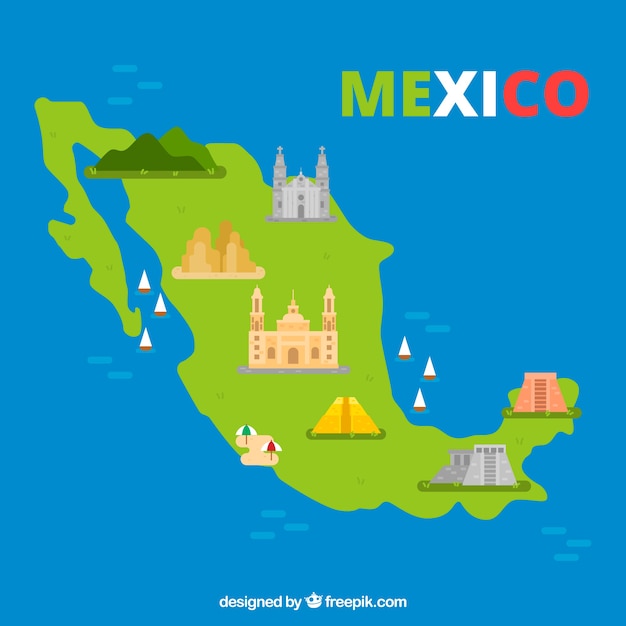Fascinating Facts about the Gulf of Mexico

The Gulf of Mexico is the ninth largest body of water in the world.
It is bordered by five US states and six Mexican states.
The Gulf of Mexico covers approximately 600,000 square miles.
It is home to over 15,000 species of marine life.
The Gulf of Mexico is known for its abundance of oil and natural gas reserves.
It experiences hurricanes and tropical storms, with an average of three to four per year.
The deepest point in the Gulf of Mexico is the Sigsbee Deep, reaching 12,466 feet.
The Gulf of Mexico has numerous coral reefs, including the Flower Garden Banks.
It is a popular destination for fishing enthusiasts, with various sportfish species.
The Gulf of Mexico is a breeding ground for sea turtles, including the endangered Kemp’s ridley turtle.
It is a major shipping route for goods traveling between the United States and Mexico.
The Gulf of Mexico has several offshore drilling platforms, supporting the oil and gas industry.
The Loop Current, a warm ocean current, influences Gulf of Mexico’s weather patterns.
It has a diverse range of habitats, including seagrass beds, mangroves, and saltmarshes.
The Gulf of Mexico is known for its vibrant sunsets and picturesque coastal landscapes.
It is also home to several popular tourist destinations, such as Cancun and Miami.
The unique geological features of the Gulf of Mexico attract geologists and researchers from around the world.
Fascinating Facts about the Gulf of Mexico part 2
The Gulf of Mexico played a significant role in the exploration and settlement of the Americas.
It has several historic shipwrecks, including the remains of Spanish galleons.
The Gulf of Mexico is an important area for offshore recreational activities, such as boating and diving.
The Gulf of Mexico’s warm waters are ideal for snorkeling, allowing for clear visibility.
It is a vital habitat for migratory birds, serving as a stopover point during their journeys.
The Gulf of Mexico has an extensive network of artificial reefs, created from sunken ships and other structures.
It is home to the largest population of red snapper in the United States.
The Gulf of Mexico has natural underwater caves, making it a popular destination for cave diving.
It is known for its delicious seafood, with shrimp, oysters, and crabs being common delicacies.
The Gulf of Mexico’s proximity to major cities makes it a popular vacation spot for many Americans.
It has a variety of water sports, including kayaking, paddleboarding, and jet skiing.
The Gulf of Mexico supports a thriving ecotourism industry, promoting conservation efforts.
It is a significant economic contributor to both the United States and Mexico.
The Gulf of Mexico’s fisheries support thousands of jobs in the seafood industry.
It is home to several marine protected areas, conserving delicate ecosystems.
The Gulf of Mexico has experienced environmental challenges, including the Deepwater Horizon oil spill.
It has a warm climate, attracting sun-seekers and beach lovers year-round.
The Gulf of Mexico’s coastal wetlands act as a buffer during hurricanes, protecting inland areas.
It is a popular destination for whale watching, as several whale species migrate through its waters.
The Gulf of Mexico boasts crystal-clear waters, perfect for snorkeling and scuba diving.
It is an important source of recreational and commercial fishing for both the US and Mexico.
The Gulf of Mexico has unique geological formations, such as mud volcanoes and salt domes.
It is a prime location for research on climate change and sea-level rise.
The Gulf of Mexico has historical significance, with various Native American tribes inhabiting its shores.
It is a part of the larger Atlantic Ocean, connecting North and South America.
The Gulf of Mexico’s underwater canyons and seamounts provide habitats for deep-sea creatures.
It is a popular destination for cruises, offering scenic views and tropical experiences.
The Gulf of Mexico serves as a recreational hub, offering opportunities for boating, water sports, and relaxation.

